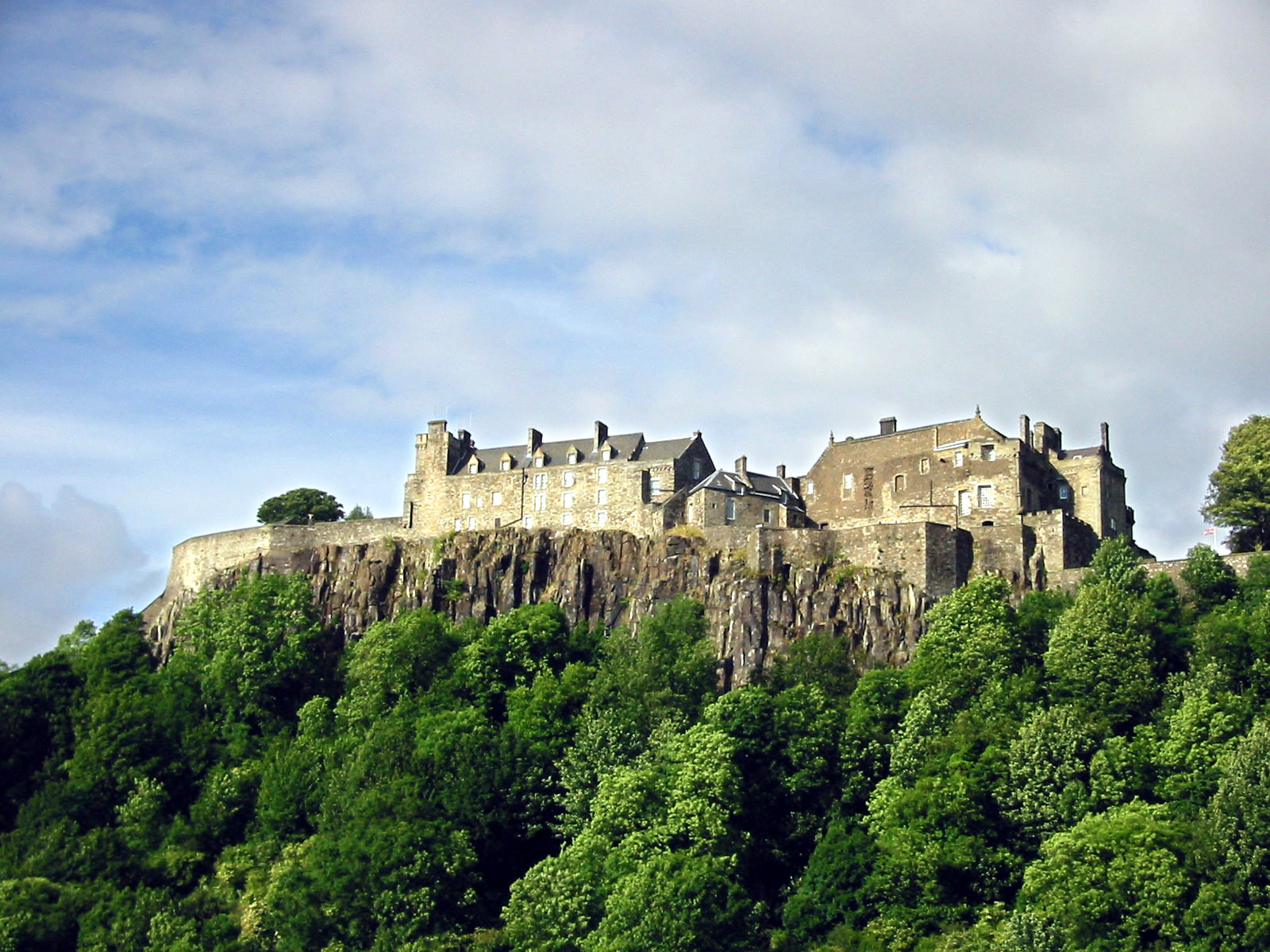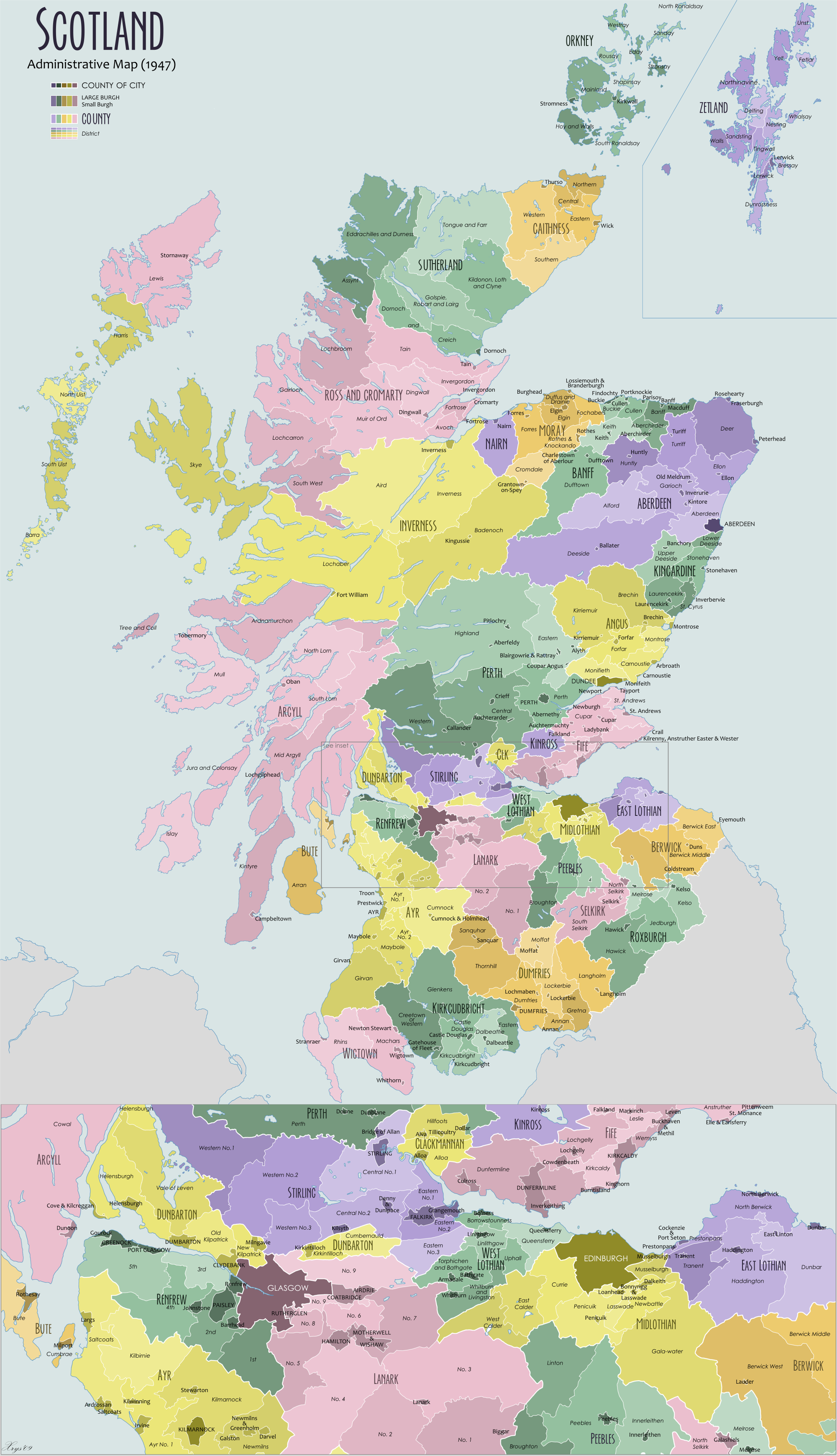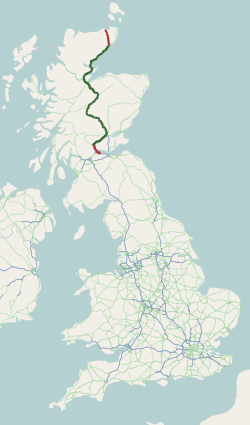|
Cowie, Stirling
Cowie (Scottish Gaelic: ''Collaidh'', meaning wooded place) is a village in the Stirling council area of Scotland. Historically part of Stirlingshire, it lies on the minor B9124 road approximately southeast of Stirling and about north of the A9 road. The United Kingdom Census 2011 recorded the population as 2,713. Excavations have identified Mesolithic and Neolithic settlement remains at Chapelfield. Cowie was formerly a pit village and stone quarrying was carried on in the surrounds. It is now the site of a factory manufacturing engineered wood Engineered wood, also called mass timber, composite wood, man-made wood, or manufactured board, includes a range of derivative wood products which are manufactured by binding or fixing the strands, particles, fibres, veneers, or boards of wood, ... products and other light industries. Recent years have seen significant new housing developments in the village for commuters. References Villages in Stirling (council are ... [...More Info...] [...Related Items...] OR: [Wikipedia] [Google] [Baidu] |
Stirling (council Area)
The Stirling council area (; ) is one of the 32 council areas of Scotland, and has an estimated population of (). It was created in 1975 as a lower-tier districts of Scotland, district within the Central Region, Scotland, Central Regions and districts of Scotland, region. The district covered parts of the Shires of Scotland, historic counties of Stirlingshire and Perthshire, which were abolished for local government purposes. In 1996 the Central region was abolished and Stirling Council took over all local government functions within the area. The administrative centre of the area is the city of Stirling, with the headquarters at Old Viewforth. The area borders the council areas of Clackmannanshire (to the east), North Lanarkshire (to the south), Falkirk (council area), Falkirk (to the south east), Perth and Kinross (to the north and north east), Argyll and Bute (to the north and north west), and both East Dunbartonshire, East and West Dunbartonshire to Stirling's southwest. ... [...More Info...] [...Related Items...] OR: [Wikipedia] [Google] [Baidu] |
Stirling And Falkirk
Stirling and Falkirk is a lieutenancy area of Scotland. It consists of the local government areas of Stirling and Falkirk Falkirk ( ; ; ) is a town in the Central Lowlands of Scotland, historically within the county of Stirlingshire. It lies in the Forth Valley, northwest of Edinburgh and northeast of Glasgow. Falkirk had a resident population of 32,422 at the ..., which cover the same areas as the previous districts from 1975 to 1996. References The Lord-Lieutenants (Scotland) Order 1996, Statutory Instrument 1996 No. 731 (S.83). Lieutenancy areas of Scotland Falkirk (council area) Stirling (council area) {{Scotland-gov-stub ... [...More Info...] [...Related Items...] OR: [Wikipedia] [Google] [Baidu] |
Stirling (UK Parliament Constituency)
Stirling (; ; ) is a city in central Scotland, northeast of Glasgow and north-west of Edinburgh. The market town, surrounded by rich farmland, grew up connecting the royal citadel, the medieval old town with its merchants and tradesmen, the Old Bridge and the port. Located on the River Forth, Stirling is the administrative centre for the Stirling council area, and is traditionally the county town and historic county of Stirlingshire. Stirling's key position as the lowest bridging point of the River Forth before it broadens towards the Firth of Forth made it a focal point for travel north or south. It has been said that "Stirling, like a huge brooch clasps Highlands and Lowlands together". The city's status as "Gateway to the Highlands" also historically lent it great strategic importance—the credo "he who holds Stirling, holds Scotland" is sometimes attributed to Robert the Bruce. When Stirling was temporarily under Anglo-Saxon sway, according to a 9th-century legend ... [...More Info...] [...Related Items...] OR: [Wikipedia] [Google] [Baidu] |
Stirling (Scottish Parliament Constituency)
Stirling is a Scottish Parliament constituencies and regions, constituency of the Scottish Parliament (Scottish Parliament Building, Holyrood) covering part of the Council areas of Scotland, council area of Stirling council area, Stirling. It elects one Member of the Scottish Parliament, Member of the Scottish Parliament (MSP) by the First past the post, plurality (first past the post) method of election. It is one of nine constituencies in the Mid Scotland and Fife (Scottish Parliament electoral region), Mid Scotland and Fife Scottish Parliament constituencies and regions, electoral region, which elects seven additional member system (Scottish Parliament), additional members, in addition to the nine constituency MSPs, to produce a form of proportional representation for the region as a whole. The seat has been held by Evelyn Tweed of the Scottish National Party since the 2021 Scottish Parliament election. Electoral region The other eight constituencies of the Mid Scotland ... [...More Info...] [...Related Items...] OR: [Wikipedia] [Google] [Baidu] |
Scottish Gaelic
Scottish Gaelic (, ; Endonym and exonym, endonym: ), also known as Scots Gaelic or simply Gaelic, is a Celtic language native to the Gaels of Scotland. As a member of the Goidelic language, Goidelic branch of Celtic, Scottish Gaelic, alongside both Irish language, Irish and Manx language, Manx, developed out of Old Irish. It became a distinct spoken language sometime in the 13th century in the Middle Irish period, although a Classical Gaelic, common literary language was shared by the Gaels of both Ireland and Scotland until well into the 17th century. Most of modern Scotland was once Gaelic-speaking, as evidenced especially by Gaelic-language place names. In the 2011 United Kingdom census#2011 Census for Scotland, 2011 census of Scotland, 57,375 people (1.1% of the Scottish population, three years and older) reported being able to speak Gaelic, 1,275 fewer than in 2001. The highest percentages of Gaelic speakers were in the Outer Hebrides. Nevertheless, there is a language ... [...More Info...] [...Related Items...] OR: [Wikipedia] [Google] [Baidu] |
Scotland
Scotland is a Countries of the United Kingdom, country that is part of the United Kingdom. It contains nearly one-third of the United Kingdom's land area, consisting of the northern part of the island of Great Britain and more than 790 adjacent Islands of Scotland, islands, principally in the archipelagos of the Hebrides and the Northern Isles. To the south-east, Scotland has its Anglo-Scottish border, only land border, which is long and shared with England; the country is surrounded by the Atlantic Ocean to the north and west, the North Sea to the north-east and east, and the Irish Sea to the south. The population in 2022 was 5,439,842. Edinburgh is the capital and Glasgow is the most populous of the cities of Scotland. The Kingdom of Scotland emerged as an independent sovereign state in the 9th century. In 1603, James VI succeeded to the thrones of Kingdom of England, England and Kingdom of Ireland, Ireland, forming a personal union of the Union of the Crowns, three kingdo ... [...More Info...] [...Related Items...] OR: [Wikipedia] [Google] [Baidu] |
Counties Of Scotland
The counties or shires of Scotland () were historic subdivisions of Scotland. The shires were originally established in the Middle Ages for judicial purposes, being territories over which a Sheriff principal, sheriff had jurisdiction. They were distinct from the various older mormaerdoms, earldoms and other territories into which Scotland was also divided, which are collectively termed the provinces of Scotland by modern historians. The provinces gradually lost their functions, whereas the shires gradually gained functions. From the 16th century, the shires served as county constituency, constituencies, electing shire commissioners to the Parliament of Scotland. From 1667 each shire had Commissioners of Supply, commissioners of supply responsible for collecting local taxes; the commissioners of supply were subsequently given various local government functions as well. From 1797, the shires also served as areas for organising the militia, which was the responsibility of a lord-li ... [...More Info...] [...Related Items...] OR: [Wikipedia] [Google] [Baidu] |
Stirlingshire
Stirlingshire or the County of Stirling ( ) is a Shires of Scotland, historic county and registration county of Scotland. Its county town is Stirling.Registers of Scotland. Publications, leaflets, Land Register Counties. It borders Perthshire to the north, Clackmannanshire to the east, West Lothian to the south-east, Lanarkshire to the south, and Dunbartonshire to the south and south-west (this latter boundary is split in two owing to Dunbartonshire's Cumbernauld exclave). History In 1130, Stirling, one of the principal royal strongholds of the Kingdom of Scotland, was created a royal burgh by David I of Scotland, King David I. On 11 September 1297, the forces of Andrew Moray and William Wallace defeated the combined English forces of John de Warenne, 6th Earl of Surrey, and Hugh de Cressingham near Stirling, on the River Forth, at the Battle of Stirling Bridge during the First War of Scottish Independence. On 22 July 1298 the Battle of Falkirk saw the defeat of William Wal ... [...More Info...] [...Related Items...] OR: [Wikipedia] [Google] [Baidu] |
Stirling
Stirling (; ; ) is a City status in the United Kingdom, city in Central Belt, central Scotland, northeast of Glasgow and north-west of Edinburgh. The market town#Scotland, market town, surrounded by rich farmland, grew up connecting the royal Stirling Castle, citadel, the medieval old town with its merchants and tradesmen, the Stirling Old Bridge, Old Bridge and the port. Located on the River Forth, Stirling is the administrative centre for the Stirling (council area), Stirling council area, and is traditionally the county town and historic county of Stirlingshire. Stirling's key position as the lowest bridging point of the River Forth before it broadens towards the Firth of Forth made it a focal point for travel north or south. It has been said that "Stirling, like a huge brooch clasps Scottish Highlands, Highlands and Scottish Lowlands, Lowlands together". The city's status as "Gateway to the Highlands" also historically lent it great strategic importance—the credo "he who ... [...More Info...] [...Related Items...] OR: [Wikipedia] [Google] [Baidu] |
A9 Road (Scotland)
The A9 is a major road in Scotland running from the Falkirk council area in central Scotland to Scrabster Harbour, Thurso in the far north, via Stirling, Bridge of Allan, Perth and Inverness. At , it is the longest road in Scotland and the fifth-longest A-road in the United Kingdom. Historically it was the main road between Edinburgh and John o' Groats, and has been called ''the spine of Scotland''. It is one of the three major north–south trunk routes linking the Central Belt to the Highlands – the others being the A82 and the A90. The road's origins lie in the military roads building programme of the 18th century, further supplemented by the building of several bridges in later years. The A9 route was formally designated in 1923, and originally ran from Edinburgh to Inverness. The route was soon extended north from Inverness up to John O'Groats. By the 1970s the route was hampered by severe traffic congestion, and an extensive upgrading programme was undertaken on t ... [...More Info...] [...Related Items...] OR: [Wikipedia] [Google] [Baidu] |
2011 United Kingdom Census
A Census in the United Kingdom, census of the population of the United Kingdom is taken every ten years. The 2011 census was held in all countries of the UK on 27 March 2011. It was the first UK census which could be completed online via the Internet. The Office for National Statistics (ONS) is responsible for the census in England and Wales, the General Register Office for Scotland (GROS) is responsible for the census in Scotland, and the Northern Ireland Statistics and Research Agency (NISRA) is responsible for the census in Northern Ireland. The Office for National Statistics is the executive office of the UK Statistics Authority, a non-ministerial department formed in 2008 and which reports directly to Parliament. ONS is the UK Government's single largest statistical producer of independent statistics on the UK's economy and society, used to assist the planning and allocation of resources, policy-making and decision-making. ONS designs, manages and runs the census in England an ... [...More Info...] [...Related Items...] OR: [Wikipedia] [Google] [Baidu] |
Mesolithic
The Mesolithic (Ancient Greek language, Greek: μέσος, ''mesos'' 'middle' + λίθος, ''lithos'' 'stone') or Middle Stone Age is the Old World archaeological period between the Upper Paleolithic and the Neolithic. The term Epipaleolithic is often used synonymously, especially for outside northern Europe, and for the corresponding period in Epipaleolithic Near East, the Levant and Epipaleolithic Caucasus, Caucasus. The Mesolithic has different time spans in different parts of Eurasia. It refers to the final period of hunter-gatherer cultures in Europe and the Middle East, between the end of the Last Glacial Maximum and the Neolithic Revolution. In Europe it spans roughly 15,000 to 5,000 Before Present, BP; in the Middle East (the Epipalaeolithic Near East) roughly 20,000 to 10,000 Before Present, BP. The term is less used of areas farther east, and not at all beyond Eurasia and North Africa. The type of culture associated with the Mesolithic varies between areas, b ... [...More Info...] [...Related Items...] OR: [Wikipedia] [Google] [Baidu] |







